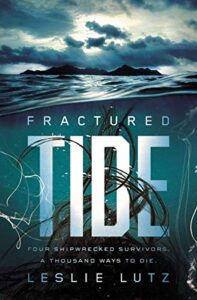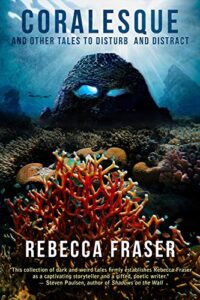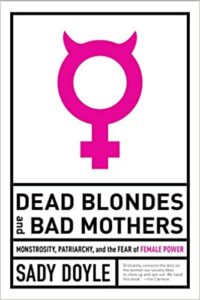( Bookshop.com | Amazon.com )
Fractured Tide by Leslie Lutz
Blink, 2020
ISBN-13 : 978-0310770107
Available: Hardcover, Kindle edition, audiobook
Seventeen-year-old Sia is essential in her mother’s business of chartering trips for tourists wanting to scuba dive. A newbie scuba diver she has been assigned to help navigate a shipwreck is lost, and in her search for him, she senses an underwater threat. When she finds and retrieves her charge, it is too late. Her mother calls another charter boat, full of high school students, to take Sia, her brother Felix, and the other passengers back. Just as they’re moving to the second boat, the engines of both boats die, and they are cut off from any radio or cell phone contact, unable to contact the Coast Guard, and running out of water in the middle of the ocean. Then the creature Sia sensed in the shipwreck rises and uses its deadly appendages to sweep everyone over the side and destroy the boats. Sia, Felix and two of the students from the second charter, the only survivors, wash up on a desolate island with almost no food or water, trapped there by the giant sea monster blocking their escape. Sia and the other survivors are pretty well-developed, but not especially likable or cooperative given that if they can’t work together they are probably all going to die.
At first this looked like a straightforward killer animal story, but then it morphed into a survival narrative with science-fictional elements as well (it’s been compared to Lost). Yet there were a lot of things that didn’t make sense for any of those kinds of stories. The creature didn’t discriminate in its destruction of the boats, so it’s odd that the few people Sia has some kind of relationship with (her brother, the boy she thinks is cute, and his ex-girlfriend) are the only survivors. Sia is telling the story in a series of diary entries that she starts writing to her father, who is in prison, in a notebook she discovers shortly after washing up on the island (the story occasionally switches from first to second person as she directly addresses him, which can be confusing) and, in addition to being trapped on the island geographically, and by a killer sea monster, the survivors also seem to be trapped in time. Is this all going on in Sia’s head, or some of it, or is it all really happening? It was confusing, and not at all what I expected.
The parts with the sea creature were terrifying, as were the descriptions of running out of water or getting lost in the dark while scuba diving, and the effects of time repeating on all the characters and their actions took the story into the realm of the bizarre and hallucinatory by the end, but the story didn’t flow naturally– it really was a fractured narrative– and that detracted from my ability to really sink into the story. I’m not sure what I really think of how it worked, but I did love the author’s vivid imagination and description of the thrill and exhiliration Sia felt scuba diving, even in the most dangerous places, under the sea, and the author’s examination of what the thoughts might be of a teen in a tricky family situation with an incarcerated parent. Recommended.
Reviewed by Kirsten Kowalewski







Follow Us!